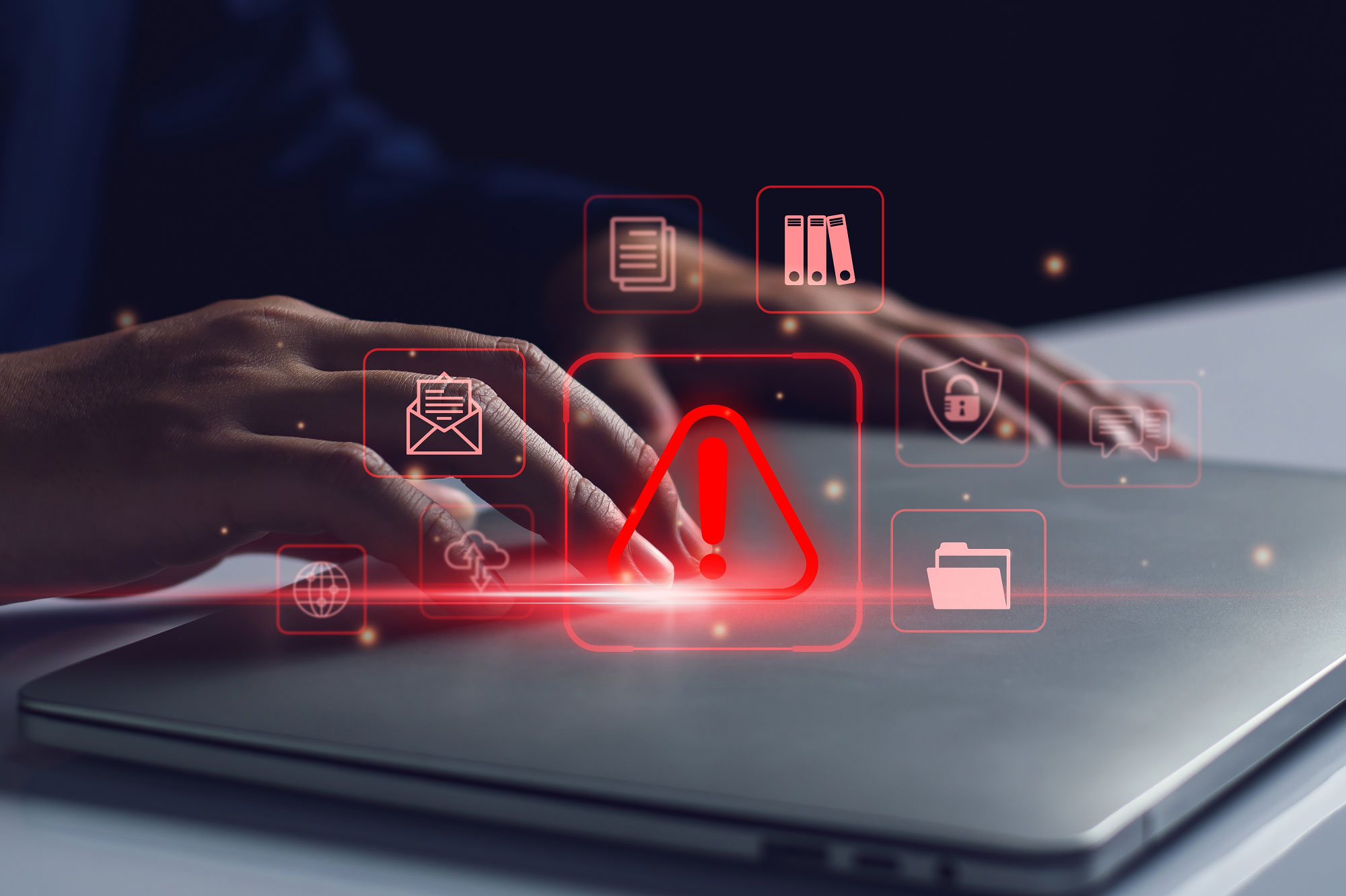Fortinet Acquires Next DLP Strengthens its Top-Tier Unified SASE Solution
Read the release

Organizations of all sizes must protect themselves and their IT environments from insider risks. The substantial security and compliance risks posed by deliberate and unintentional insider threats must be taken seriously and addressed effectively.
In this post, we’ll discuss the benefits of having an insider risk management policy and how to develop a policy that helps protect your organization from insider risks.
 |
An insider risk management policy is a method of defining the ways an organization manages insider risk. It's an essential component of your insider risk management program.
Insider risk policies need to address insider risk from a variety of perspectives. Taken together, the components of an insider risk management policy help protect a company from insider threats.
The following are three main components of an insider risk management policy.
 |
Your business needs an insider risk management policy because of the dangerous potential of insider threats. Current and former employees and contractors have extensive knowledge regarding the IT environment.
They also may have privileged access to valuable data and mission-critical systems. These factors open the door to deliberate or accidental actions that put a company’s intellectual property at risk and can impact its ability to operate its business efficiently.
Malicious insiders may intentionally steal information or initiate security incidents to sabotage the company or cause reputational damage. These individuals may be working alone or be part of an organized group intent on performing espionage or planting malware.
The knowledge they have about the IT environment and their authorized access to sensitive data makes a malicious insider more dangerous than an external threat actor.
Trustworthy employees may inadvertently cause data leaks through carelessness or by subverting security in an attempt to increase efficiency. They may accidentally compromise system performance, making it impossible to meet customer expectations, or they may fall victim to a social engineering attack and inadvertently share sensitive data with attackers or introduce malware into the IT environment.
The need for insiders to handle sensitive information to perform their jobs presents a risk if mistakes are made in protecting this valuable data. According to the Ponemon Institute's 2022 Cost of Insider Threats Global Report, more than half (56%) of insider threat incidents result from carelessness or mistakes.
An insider risk management policy should address both types of insider threats.
Developing an effective insider risk management policy requires a methodical approach that addresses all aspects of the potential risks to the business. Including the following aspects is considered best practice when developing and implementing an insider risk policy.
 |
Implementing a data loss prevention (DLP) platform can be an important component of a comprehensive insider risk management policy. A DLP solution helps to prevent data theft and other incidents by enforcing a company’s data handling policy.
This enforcement restricts both deliberate and unwitting insiders from mishandling enterprise data and ensures that only authorized personnel can access restricted and highly sensitive data.
The Reveal platform by Next is a modern and advanced DLP platform that addresses the need to protect data from all types of internal risks, eliminating both malicious and unintentional mishandling of sensitive data resources.
The tool identifies and categorizes data as it is ingested into the environment so it can be effectively protected. Reveal also offers user training at the point of risk to increase the security consciousness of the organization and help prevent insider risks from occurring.
Talk to the experts at Next and learn how Reveal can be an integral part of your insider risk management policy. Want to see it for yourself? Schedule a free demo and see Reveal in action.
 |
Employees can help to reduce insider risks in several ways. Through awareness training and adherence to the company’s data handling policy, employees can ensure that data assets are not put at risk. Employees are also in a position in which they can observe and report on colleagues who may be acting strangely or purposely risking enterprise resources.
Security awareness training is essential for an effective insider risk management policy because it provides the organization with the knowledge required to protect business resources. Training should include instruction on how the data handling policy impacts a specific employee and their role in the company. It should also address identifying insider threat indicators that can be valuable in pre-empting risky activities.
Unwitting insiders are dangerous to an organization because of the unpredictable and accidental nature of the risks they present. A simple mistake can be responsible for a major data breach that exposes sensitive and regulated information.
This type of risk can never be totally eliminated through training and education. Technical solutions such as a data loss prevention tool reduce the chances of unwitting insider risks.

Blog

Blog

Blog

Blog

Resources

Resources

Resources

Resources
